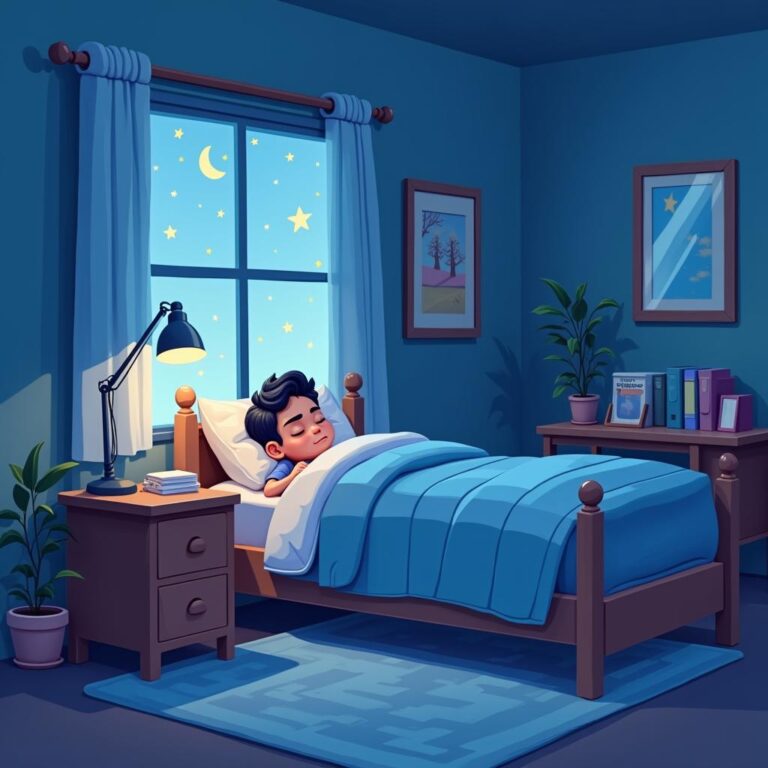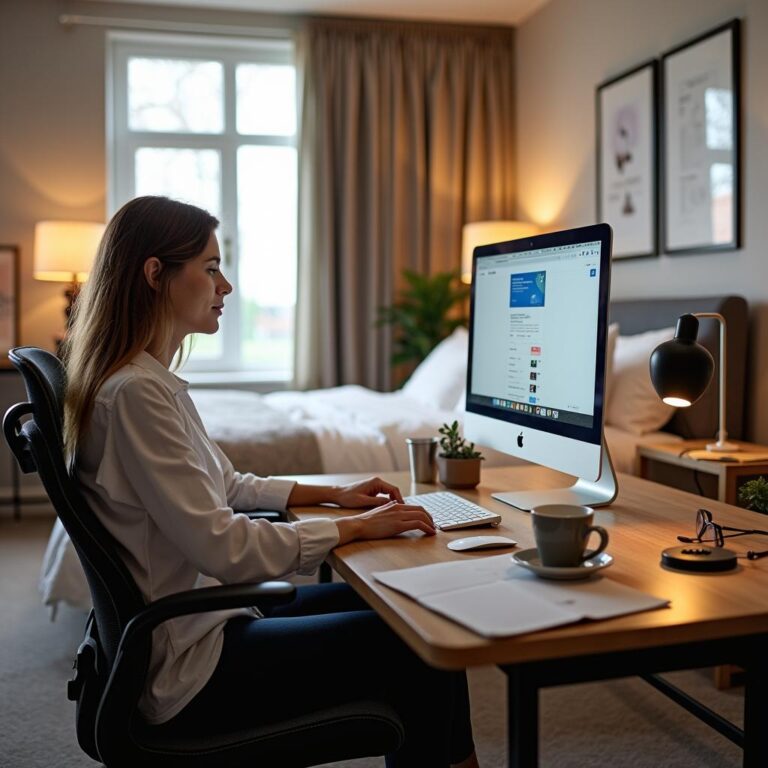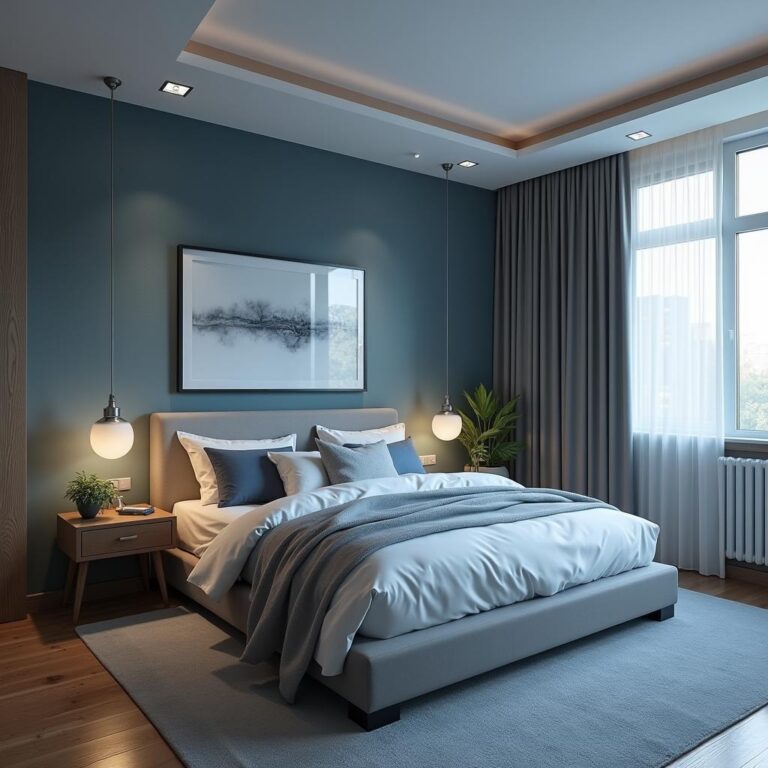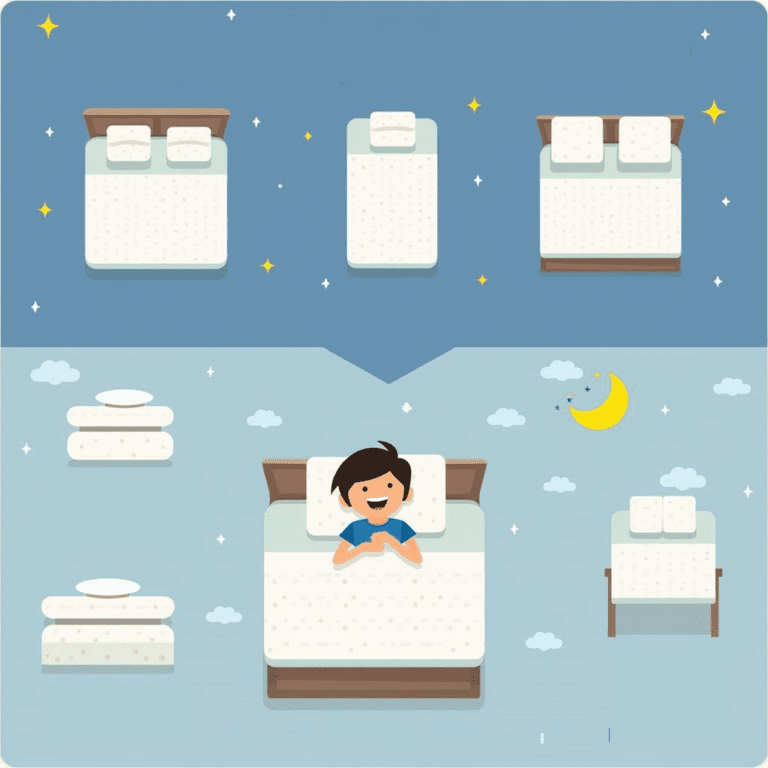Getting a good night’s sleep is essential for overall health and wellbeing. However, many individuals struggle to achieve quality rest due to various distractions and discomfort in their sleep environment. In this article, we will explore actionable steps you can take to optimize your sleep environment for better rest.
Understanding the Importance of Sleep Environment
The sleep environment encompasses everything in your bedroom, from your mattress quality to the amount of light and noise present. An optimized sleep setting can significantly impact both the speed at which you fall asleep and the quality of your sleep. Factors such as temperature, light, sound, and even furniture arrangement can all play crucial roles in achieving restful sleep.
1. Control the Light
Light exposure can heavily influence your circadian rhythm, affecting your ability to fall asleep. To optimize your sleep environment:
- Use blackout curtains: These can prevent outside light from disrupting your sleep. Choose curtains that effectively block sunlight at any time of the day.
- Remove electronic devices: Devices such as televisions, smartphones, and tablets emit blue light, which can interfere with melatonin production. Keep these devices out of your bedroom or limit their use before sleep.
- Utilize dim lighting: In the hour before bed, dim your lights to help signal to your body that it’s time to wind down. Consider using lamps with soft light bulbs.
2. Manage Noise Levels
Unwanted noises can disrupt your sleep cycle, making it difficult to stay asleep throughout the night. Here are ways to mitigate noise:
- Use white noise machines: These devices can mask disruptive sounds, providing a consistent auditory background that may help you sleep better.
- Consider earplugs: For those who are sensitive to noise, earplugs can be an effective way to block out unwanted sounds.
- Seal windows and doors: Ensure that your windows and doors are properly sealed to minimize noise from outside. Weather stripping or soundproofing materials can help reduce sound infiltration.
3. Maintain a Comfortable Temperature
The temperature of your sleep environment is crucial in achieving restful sleep. The ideal sleeping temperature for most individuals is between 60 and 67 degrees Fahrenheit (15 to 19 degrees Celsius). To optimize temperature:
- Choose breathable bedding: Materials like cotton and bamboo are great choices for sheets and pillowcases as they help wick away moisture and regulate temperature.
- Invest in a quality mattress: A mattress that provides proper support and comfort can help regulate your body temperature during sleep.
- Use fans or air conditioning: If the temperature is higher than 67 degrees, using a fan or AC can help cool your environment. Alternatively, an electric blanket can be used in cooler months to keep warm.
4. Declutter the Space
A cluttered bedroom can create visual distractions that may hinder relaxation and sleep. To create a more serene environment:
- Organize your items: Store away unnecessary items and keep surfaces clean. A tidy space promotes a peaceful mind.
- Use calming colors: Paint your bedroom in soft, neutral tones, as these colors promote relaxation and peaceful sleep.
5. Invest in Quality Bedding
Your mattress and pillows are key players in your comfort during sleep. Investing in high-quality bedding can make a notable difference:
- Choose the right mattress: Whether you prefer memory foam, innerspring, or hybrid mattresses, select one that provides the support and comfort tailored to your sleep style.
- Select appropriate pillows: Different sleep positions require different pillows – for side sleepers, a firmer, thicker pillow may be ideal, while back sleepers may require a thinner one.
- Consider a mattress topper: If purchasing a new mattress isn’t feasible, a mattress topper can add an extra layer of comfort.
6. Eliminate Electronics
Electronics can be a significant source of disruption during sleep. To create a more sleep-friendly environment:
- Establish a tech-free zone: Make your bedroom a tech-free area, where electronics such as computers, TVs, and video games are not allowed.
- Set a “no screens” rule: Avoid using screens at least 30 minutes before bedtime. Instead, engage in relaxing activities such as reading or meditating.
7. Create a Relaxing Pre-Sleep Routine
Your nightly routine sets the tone for sleep. A few pre-sleep habits can help shift your mindset towards relaxation:
- Practice relaxation techniques: Activities such as deep breathing, meditation, or gentle yoga can help calm your mind and body, preparing you for sleep.
- Set a consistent sleep schedule: Going to bed and waking up at the same time every day helps regulate your body’s internal clock.
Conclusion
Optimizing your sleep environment is a critical step towards achieving better rest. By controlling light, managing noise, maintaining a comfortable temperature, decluttering your space, investing in quality bedding, eliminating electronics, and creating a relaxing pre-sleep routine, you can significantly enhance your sleep quality. Embrace these tips to create an oasis of tranquility in your bedroom that promotes restorative sleep, allowing you to wake up refreshed and ready to face the day.







